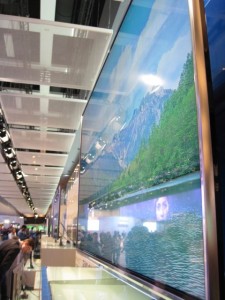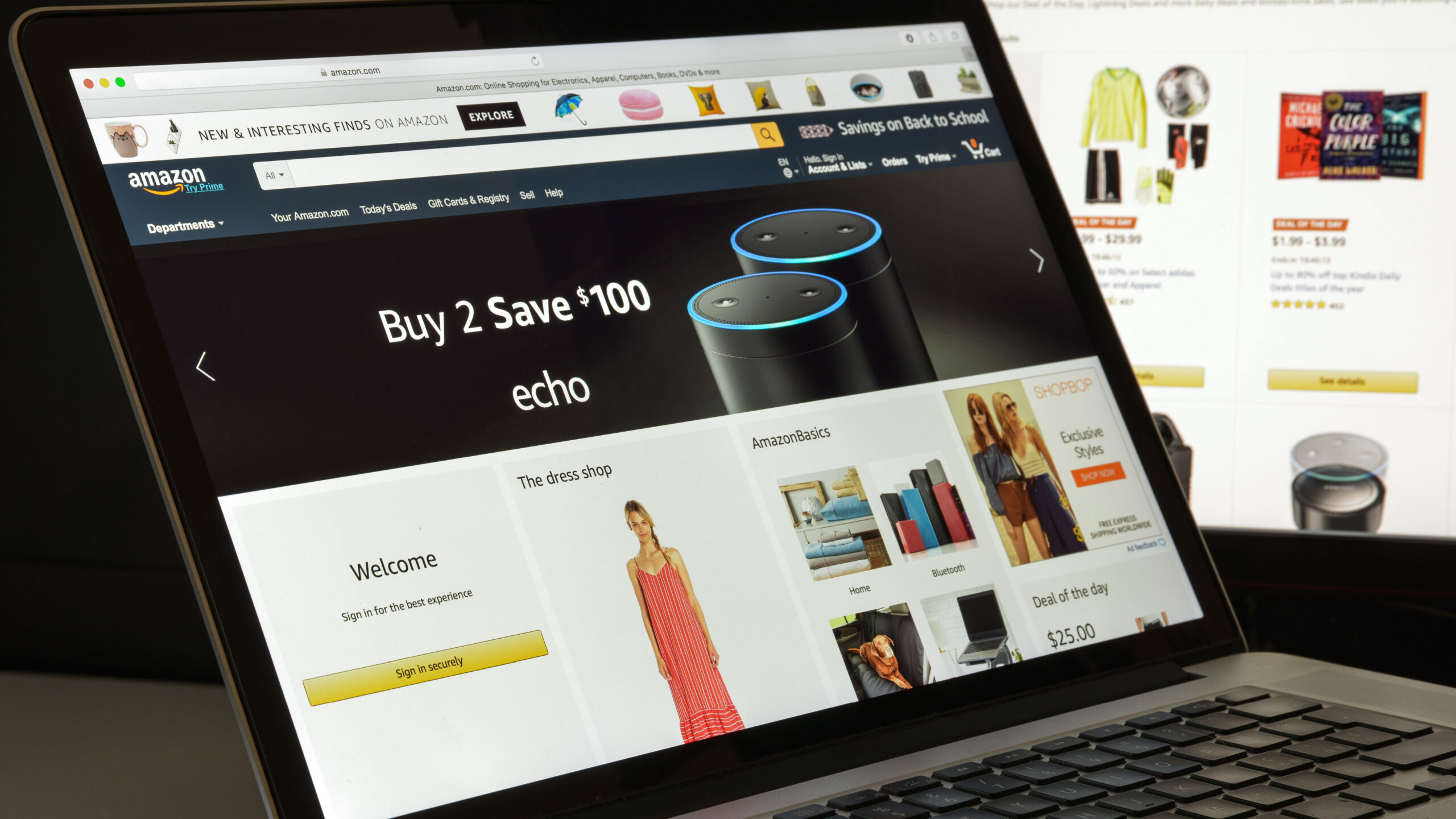IFA Electronics Show Features Some Gadgets Behaving Badly
 BERLIN–Nobody goes to gadget shows to see how practical the electronics industry can be. You expect to see products with features that nobody necessarily needs or may even be able to understand.
BERLIN–Nobody goes to gadget shows to see how practical the electronics industry can be. You expect to see products with features that nobody necessarily needs or may even be able to understand.
That was true at CES in January and it’s continued at the pan-European electronics trade show here called IFA (a German abbreviation for its 1924 vintage-name of “Internationale Funkausstellung,” or International Radio Exhibition). But IFA has also provided copious evidence of a less-helpful tradition in the gadget business: chasing one feature or specification to the point that others suffer.
(Disclosure: IFA is covering most travel costs for me and a group of other U.S.-based tech journalists.)
One of my favorite cases of extremism in pursuit of technological virtue, 4K Ultra HD television, has been popping up all over the IFA exhibits scattered throughout the Berlin Messe’s halls. There are so many of these sets here that manufacturers now seem compelled to one-up each other by finding a way to make 4K UHD TVs even more expensive and esoteric.
To wit, OLED 4K sets allow you to get four times the resolution of HD on a screen maybe a quarter as thick as a conventional flat panel–and the curved OLED 4K sets Samsung and LG are showing may someday give the owners of OLED 4K sets a case of buyer’s remorse.
At least some 4K vendors are also finally adding the technology needed to receive 4K content: Panasonic announced a set that supports HDMI 2.0, the first version of the audio/video input standard that can deliver 4K video at the intended 60 frames per second, and LG showed off sets with “HEVC” software needed to play 4K video streamed off the Internet at full quality.
Resolution is also running amok on the smaller screens of smartphones here. In one of the worst cases of feature overshooting I’ve seen, Lenovo introduced a new Vibe X Android smartphone with a 5-inch, 1080p screen but no LTE support. That’s right: This phone packs in more resolution than anybody can see (though at 441 pixels per inch, the Vibe X still falls short of the 538 ppi of a recently announced LG display) but leaves out the faster connection most users would notice.
A few smartphones introduced here can also record 4K video. Samsung’s Galaxy Note 3 and Acer’s Liquid S2 each boast that feature, although I hate to think about the dent uploading 4K footage would put in the average data cap. And there’s still the small problem that most people will have no way to view that content for years to come.
IFA’s vast array of housewares set this show apart from CES, and many of the refrigerators, dishwashers, microwaves, ovens, washers and dryers here include WiFi to communicate with apps on mobile devices and in connected TVs. I don’t think that’s a crazy idea–I’d like my appliances to be able to tell me how much energy they’ve used and if a part’s broken, as long as they don’t become self-aware in the process.
But do we need to be able to have a conversation via a chat interface with a dishwasher, as one demo at Samsung’s exhibit suggested we’ll able to do? Conversely, the high-tech connected fridges here are missing a big opportunity by not including one other networked feature: A webcam on the inside would finally let us see what we’re out of after we get to the grocery store. I might pay for that… unless it were a 4K camera.
There is, however, one form of techno-utopianism on display here that I can endorse: the prominent boasts of appliance and TV vendors about how much less electricity their products use than competitors’ hardware, even below the European Union’s increasingly strict requirements. I wouldn’t mind seeing more of that home.








